CHINESE RICE PAPER
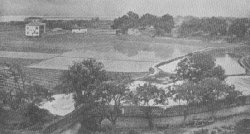 | | Rice culture in China. |
Among the many unique products and peculiarities of Chinese ingenuity is the so-called rice paper. It is somewhat perplexing to determine how such a name came to be applied to this article, as no element of rice is supposed to enter into its manufacture.
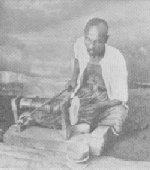 | | Lapidary—stone cutter. |
As in most warm climates, however, rice is cultivated to an extensive degree in China, and forms a considerable portion of the subsistence of its inhabitants.
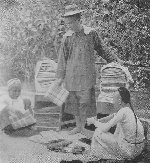 | Chinese merchant,
with Japanese
and Malay employes. |
It would naturally be inferred that the Chinese rice paper would bear some relation to rice itself, but on the contrary it is said to be made by cutting the pith of a large herb (Fatsia Papyrifera, akin to ginseng) into one roll or sheet, which is flattened out under pressure. The Chinese, use this paper for painting upon, and for the manufacture of fancy articles.
CANTON—EXAMINATION HALL
LACE MAKING IN PARAGUAY
Table of Contents
Return to Main Page
© 1998, 2002 by Lynn Waterman
CANTON—EXAMINATION HALL
The Examination Hall. or Kuong Yuin, as it is called, at Canton, contains 7,500 cells measuring four feet by three, and high enough to stand up in; the furniture consists of two boards, one for sitting and the other contrived to serve both for an eating table and writing desk. The cells are arranged around a number of open courts, receiving all their light and air from the central area, and exposed to the observation of the soldiers who guard the place, and watch that no one has the least intercourse with the imprisoned students Confinement in this cramped position where it is impossible to lie down is exceedingly irksome and is said to cause the death of many old students, who are unable to go through the fatigue, but who will enter the arena in hopes of at last succeeding. The characters on each side of the cells indicate the particular place for each student.
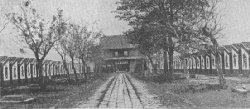
CHINESE WEDDINGS
CHINESE RICE PAPER
Table of Contents
Return to Main Page
© 1998, 2002 by Lynn Waterman
CHINESE WEDDINGS
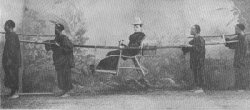 | | The private sedan chair—China. |
A Chinese marriage is all ceremony—no talk, no levity, but much crying.
The solemnity of a funeral prevails. After the exchange of presents, the bride is dressed with great care in a red gown; brocade or silk, if she can get it, her eyelashes are painted a deep black, and she wears a heavy red veil attached to a scarlet head dress, from which imitation pearls are pendent over the forehead. A feast is spread upon a table, to which the blushing bride is led by five of her best female friends.
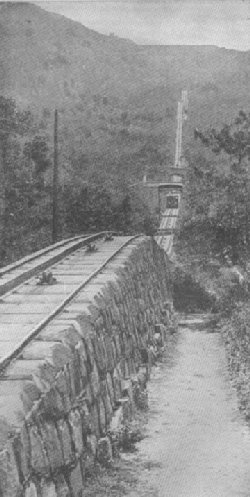 | Hongkong,
Side view of the Peak railway. |
They are then seated at the table, but no one eats. The utmost silence prevails, when finally the mother leads off in a cry, the maids follow, and the bride echoes the chorus. Then all the bridesmaids leave the table, and the disconsolate mother takes a seat beside the chair of state, where the bride sits. The bridegroom now enters, with four of his best men. The men pick up the throne on which the bride sits, and, preceded by the bridegroom, form in procession and walk around the room, or into an adjoining parlor, signifying that the bridegroom is carrying her away to his own home. The guests then throw rice at the happy couple, a custom which we have borrowed from the heathen.
ELEPHANTS USED FOR PLOWING IN INDIA
CANTON—EXAMINATION HALL
Table of Contents
Return to Main Page
© 1998, 2002 by Lynn Waterman
|





